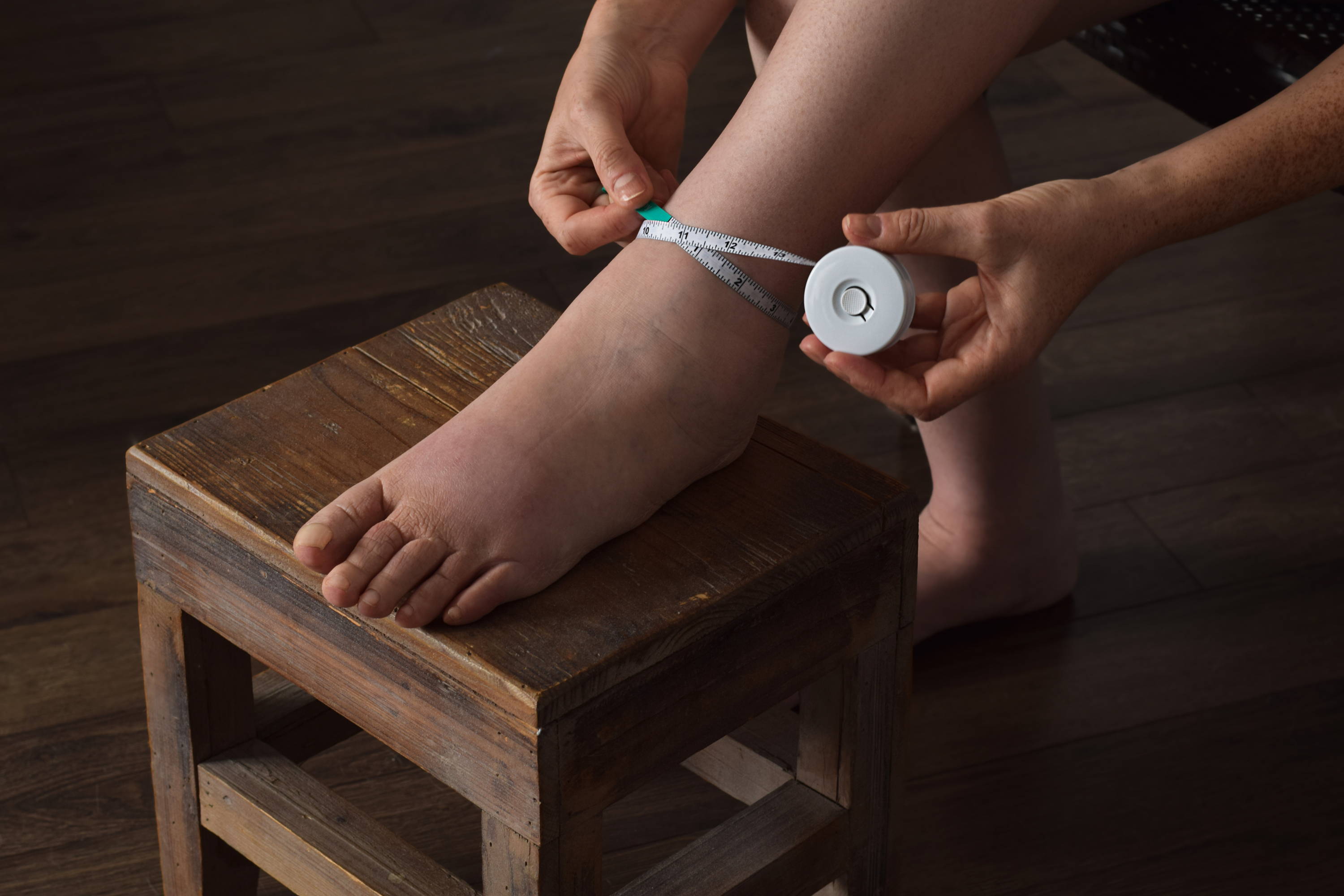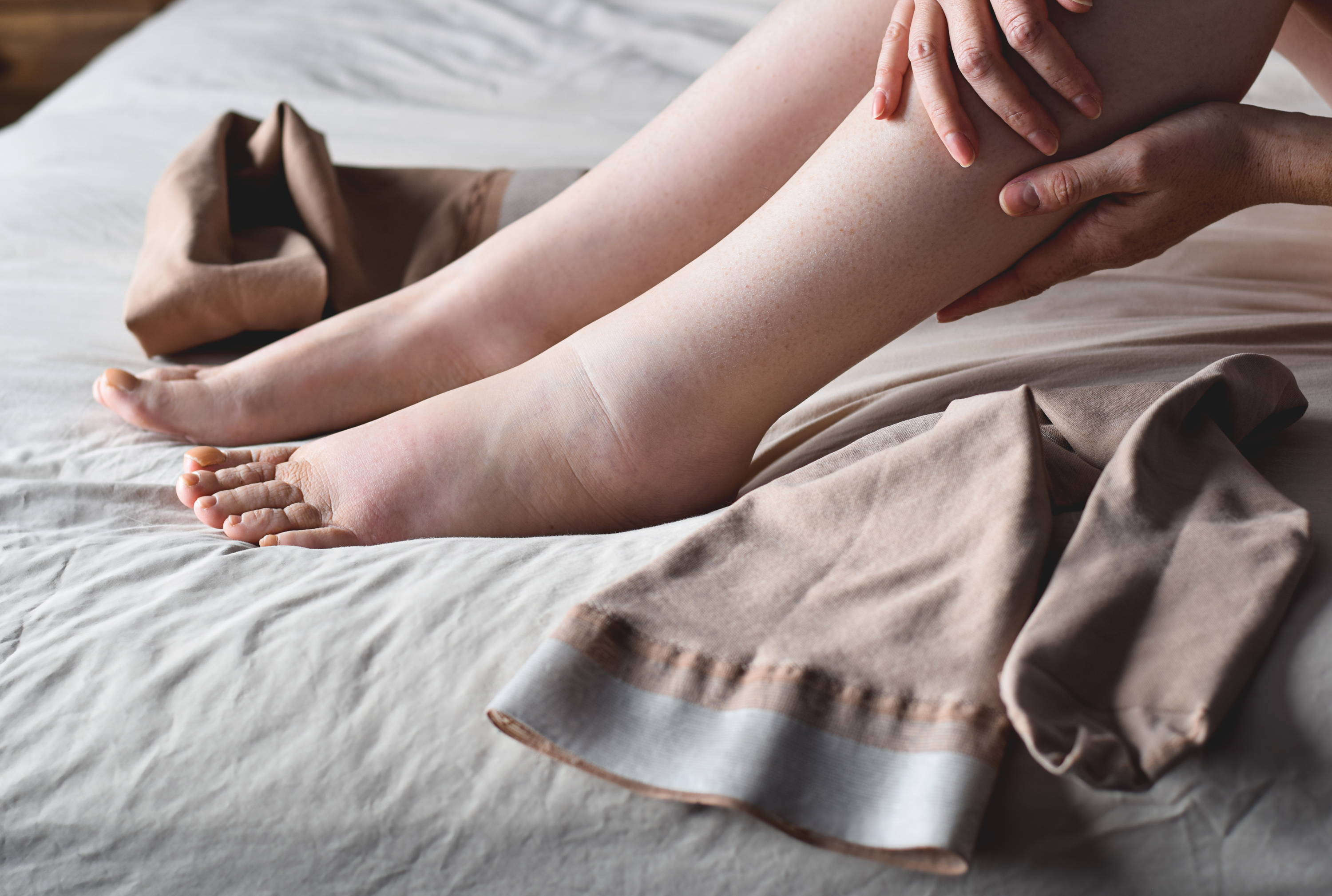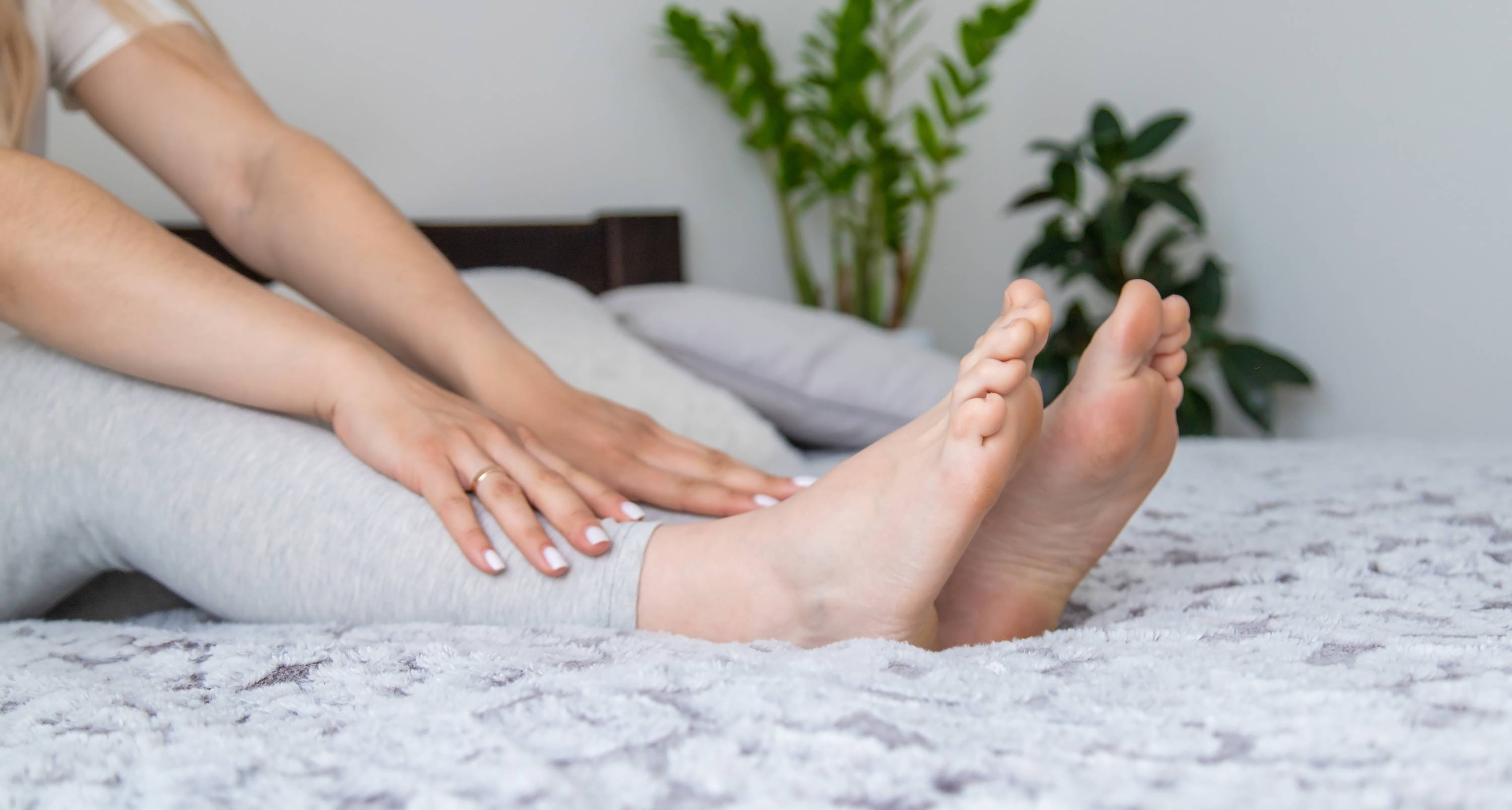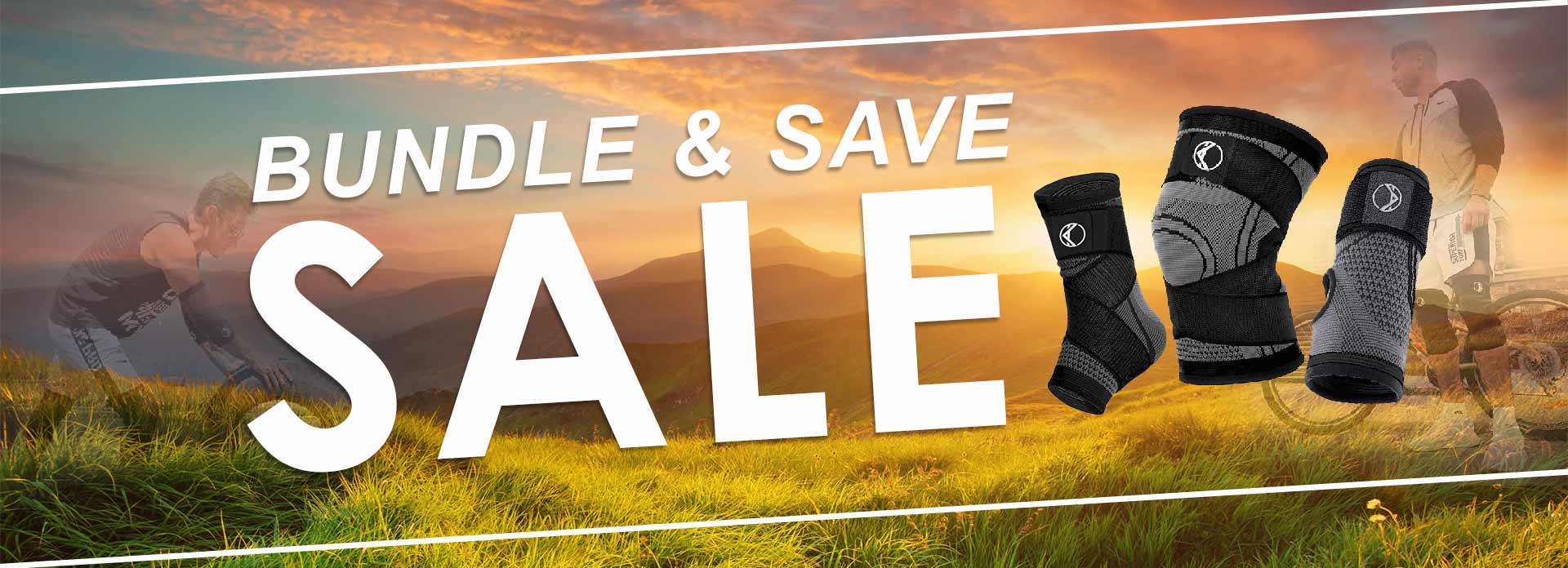
Reducing Swollen Feet with Compression Socks
June 12,2023 | 3 Mins Read
TABLE OF CONTENTS
2. Benefits of Compression Socks for Edema and Swelling
3. How Long Should You Wear Compression Socks for Swollen Feet
4. Best Compression Socks for Swollen Feet and Ankles
5. How to Use Compression Socks for Swollen Feet
6. How Long Does it Take for Compression Socks to Reduce Swelling?
Swollen feet can be a discomforting and sometimes alarming condition. Whether it's due to a long day on your feet, pregnancy, or an underlying medical condition, finding relief becomes a top priority. But how long should you wear compression socks for optimal results?
This comprehensive article aims to answer that crucial question and provide you with valuable insights into the world of compression socks.
Swollen feet, also known as edema, refers to the abnormal accumulation of fluid in the tissues of the feet. It is a common condition that can affect individuals of all ages and can be caused by various factors. Understanding the causes and symptoms of swollen feet is essential for effectively managing this condition and knowing how to reduce swelling in feet.
Swollen feet occur when excess fluid builds up in the tissues, leading to visible swelling and discomfort. Several factors can contribute to this condition, including:
Swollen feet can be a symptom of an underlying medical condition. It is important to be aware of these conditions to seek appropriate medical attention. Some common conditions associated with swollen feet include:
It is important to note that persistent or severe swelling should not be ignored, as it may indicate an underlying health issue.

Compression socks provide a wide range of advantages for individuals experiencing edema and swelling. These benefits include:
Compression socks aid in boosting blood flow, facilitating the delivery of oxygen and nutrients to the affected area. This can alleviate pain and support the healing process.
By applying pressure to the veins and muscles, compression socks assist in expelling excess fluid from the affected area, thereby reducing swelling and discomfort.
Compression socks can alleviate the pain and discomfort associated with edema and swelling, leading to enhanced overall comfort and mobility.
Learn about the benefits of wearing compression socks for lymphedema.
You can wear compression socks daily. We recommended to start with shorter periods of wearing, such as an hour or two. Gradually increasing the duration over time can help the individual adapt until they can comfortably wear the socks throughout the entire day.
For full details on how long you should wear compression socks, read this guide.
When it comes to choosing compression socks for swollen feet and ankles, there are several features to consider. Look for socks that offer the following:

Using compression socks for swollen feet involves a simple process. You can follow these steps:
Expert tip:
Apply lotion and keep your legs dry before wearing compression socks to prevent skin irritation.
The time it takes for compression socks to reduce swelling can vary depending on the individual and the severity of the swelling.
While some individuals may experience noticeable improvement within a few days, it may take 4 - 6 weeks of regular use to see a significant reduction in swelling. Consistency and regular use of compression socks are key to achieving the desired results.
Expert tip:
Read about how long does it take to compression socks to work for different conditions.
In addition to wearing the best compression socks for swelling, there are several other strategies you can incorporate into your routine to effectively manage swollen feet. These strategies focus on lifestyle changes and self-care practices that can complement the benefits of compression socks.
Engaging in regular exercise can help improve circulation and reduce fluid retention in the lower extremities. Low-impact exercises such as walking, swimming, and cycling are particularly beneficial. Consult with your healthcare professional to determine the most suitable exercise regimen for your specific condition.
Elevating your legs is a simple yet effective way to reduce swelling in the feet. Prop up your legs on a cushion or pillow while sitting or lying down to allow gravity to assist in draining excess fluid. Aim to elevate your legs above heart level for about 15 to 20 minutes several times a day.
Maintaining a balanced diet can contribute to overall wellness and aid in managing swollen feet. Focus on consuming a variety of fruits, vegetables, whole grains, and lean proteins. Limit your intake of processed foods, excessive salt, and alcohol, as these can contribute to fluid retention.
Avoid remaining in one position for long periods, whether it's sitting or standing. If you have a job that requires extended periods of sitting or standing, try to take frequent breaks and incorporate movements that promote circulation, such as stretching or walking.
Excess weight can put additional strain on the veins and contribute to swelling in the feet. Aim to maintain a healthy weight through a combination of regular exercise and a balanced diet.
When purchasing compression socks for edema, consider brands like Koprez®. They offer medical-grade compression socks for swollen feet and ankles that can help improve circulation. They are designed to provide comfortable, graduated compression while still being breathable and durable.
Koprez® compression socks come in a variety of sizes so you can find the best fit for your feet. With the right compression socks, you can help manage edema and reduce swelling effectively.






References
Author

Claire Evans worked as the content marketing manager at Koprez. Claire combined a background of writing and editing, marketing, and patient education to best serve consumers, fitness enthusiasts, athletes, and anyone who relies on the Koprez brand for helpful information.
Koprez® Featured Products